The visit of British Prime Minister Keir Starmer to India marks an important moment in the evolution of the India–UK relationship. As Starmer’s first official bilateral visit since taking office, along with a large business delegation, it carried symbolic and practical weight.
The Comprehensive Economic and Trade Agreement (CETA) was signed in July 2025, and now it was an opportunity to turn it into a functioning reality. Beyond trade, the visit also sought to infuse new vitality into cooperation on technology, defence, climate action, higher education, and people-to-people exchanges, thereby giving a contemporary dimension to a long and complex historical relationship.
At the heart of the visit lay the implementation of CETA. The two PMs underscored the need to achieve concrete benefits, not just diplomatic satisfaction. They revived the India–UK Joint Economic and Trade Committee (JETCO) as the platform to oversee tariff reduction, dispute resolution, and sectoral partnerships under CETA. In parallel, the India–UK CEO Forum held its first meeting in Mumbai, drawing business leaders from both countries to prioritise areas of mutual advantage.
The results were tangible. Sixty-four Indian firms announced investments worth over £1.3 billion in the United Kingdom, expected to create nearly seven thousand jobs in sectors such as technology, engineering, pharmaceuticals, and the creative industries. For India, the visit promised improved access for goods and services to the UK market, while Britain saw in India both a source of inward investment and a rapidly expanding consumer base. Uks Revolut in digital payment may invest Rs 340 crore. Graphcore semiconductor chip company may invest Great Britain Pound (GBP) 1 billion, among others. Analysts believe that if CETA is effectively implemented, bilateral trade could expand by tens of billions of pounds by 2035.
The visit also served to elevate the technological and innovation partnership. Both governments agreed to establish an India–UK Connectivity and Innovation Centre, along with a Joint Centre for Artificial Intelligence. These will collaborate in next-generation networks, telecommunications, cybersecurity, and AI research. The expansion of the Critical Minerals Supply Chain Observatory will now include a new industry guild and a satellite campus at IIT-ISM Dhanbad.
Impact Shorts
More ShortsThis aims to promote resilience in supply chains and to secure essential materials for clean technologies. In addition, a Climate Technology Startup Fund, jointly supported by the UK government and the State Bank of India, was announced to encourage entrepreneurship in green innovation. These initiatives illustrate a growing complementarity between India’s scale and talent and Britain’s strength in research. Together, both aspire to participate in emerging technologies and help shape their global standards.
Defence and security cooperation is another significant aspect of the visit. A major G2G agreement was signed for the supply of lightweight multirole missile systems from the UK to India, marking a deepening of mutual trust. Indian Air Force qualified flying instructors will serve in the United Kingdom’s Royal Air Force, an arrangement that enhances professional cooperation and shared capacity building.
Both countries reaffirmed their commitment to maritime security and to collaboration under the Indo-Pacific Oceans Initiative. Plans were outlined for a Regional Maritime Security Centre of Excellence and joint work on electric propulsion for naval vessels.
The timing of the visit coincided with the ongoing naval exercise “Konkan 2025”, which involved the UK’s Carrier Strike Group and Indian warships, further demonstrating the growing interoperability of their armed forces. These developments underline the strategic dimension of the partnership and its relevance in ensuring stability in the wider Indo-Pacific region. Since 2021 the UK has become ASEAN’s 11th Dialogue Partner.
Education and people-to-people ties received equal emphasis. Both leaders highlighted the potential of academic collaboration to deepen mutual understanding and build long-term capacity. Several British universities are setting up campuses in India: the University of Southampton has opened in Gurugram, while Lancaster and Surrey universities have received approvals to establish campuses in Bengaluru and GIFT City, respectively.
The Migration and Mobility Partnership, which manages the movement of youth, professionals, and students, was reaffirmed as an essential component of bilateral ties. The large Indian diaspora in the UK, numbering about 1.8 million, was celebrated as a living bridge between the two countries. These measures aim to ease educational exchanges, harmonise academic standards, and stimulate collaborative research, thus giving a practical shape to the much-invoked concept of people-to-people connection. The promise of 3 Bollywood movies to be shot in the UK added glamour to the visit.
While not publicly highlighted, the problem of Khalistanis and radicalised elements as threats to Indian interests was discussed. Also discussed was the pending issue of the return of economic fugitives. The UK remains more intent on returning Indians who are in the UK illegally.
The two leaders also made important announcements in climate, health, and research cooperation. Phase III of the Biomedical Research Career Program was launched to foster joint research in health sciences. A Letter of Intent was signed between India’s Indian Council of Medical Research and the UK’s National Institute for Health and Care Research to advance cooperation in public health and clinical innovation.
On climate, both sides announced the establishment of an Offshore Wind Taskforce and a new India–UK Climate Finance Initiative designed to mobilise capital for green projects. These steps signal a shared commitment to addressing global challenges through technology and finance, consistent with both countries’ net-zero aspirations.
On broader diplomatic issues, Starmer and Prime Minister Narendra Modi used the visit to align positions on regional and global matters. They discussed the conflicts in Ukraine and Gaza, reaffirming the need for diplomacy and adherence to a rules-based international order. The UK reiterated its support for India’s claim to a permanent seat on a reformed UN Security Council. The two countries also pledged to deepen counterterrorism cooperation and to prevent radicalisation and terrorist financing. This alignment reflects both nations’ desire to act as responsible middle powers with credible voices in global governance.
The outcomes of the visit carry far-reaching significance:
First, they represent a transition from declarations of goodwill to tangible cooperation. The investment pledges, defence contracts, and institutional frameworks that emerged from the visit demonstrate the seriousness of intent on both sides.
Second, the partnership holds economic potential. With the UK looking for dynamic markets after Brexit and India seeking greater access to advanced technologies and capital, their collaboration could yield strong multiplier effects for trade, innovation, and employment.
Third, strategically, the relationship helps both countries diversify partnerships in an increasingly uncertain geopolitical landscape. For India, Britain offers a technologically advanced and diplomatically active partner within the West; for Britain, India provides a gateway to the Indo-Pacific and the Global South.
Finally, the educational and cultural exchanges create a social base that may make the relationship more enduring and less dependent on political cycles.
Yet, challenges remain. The CETA still requires ratification by both sides, and domestic political pressures in either country could slow its implementation. Certain sectors, such as agriculture, automotive manufacturing, and public procurement, may resist liberalisation, necessitating gradual adjustments. The risk of asymmetry also exists: Britain’s edge in technology and India’s scale in markets and manpower could create imbalances unless carefully managed.
Moreover, the new institutions and funds announced during the visit will need effective governance to deliver results, as announcements alone do not guarantee impact. Finally, divergent foreign policy perspectives on Russia, China, or West Asian conflicts could test the resilience of the partnership.
Nevertheless, the visit stands as an important moment in the long arc of India–UK relations. By combining strategic foresight with practical cooperation, it has opened avenues for collaboration that are forward-looking, equitable, and mutually reinforcing. If the two governments follow through on the promises made in New Delhi and Mumbai, the partnership could well become a model for how historical ties can be transformed into a modern alliance of innovation, security, and shared global responsibility.
The writer is a former ambassador to Germany, Indonesia, Ethiopia, Asean, and the African Union, and the author of ‘The Mango Flavour: India & Asean After 10 Years of the AEP’. The views expressed in the above piece are personal and solely those of the author. They do not necessarily reflect the views of Firstpost.


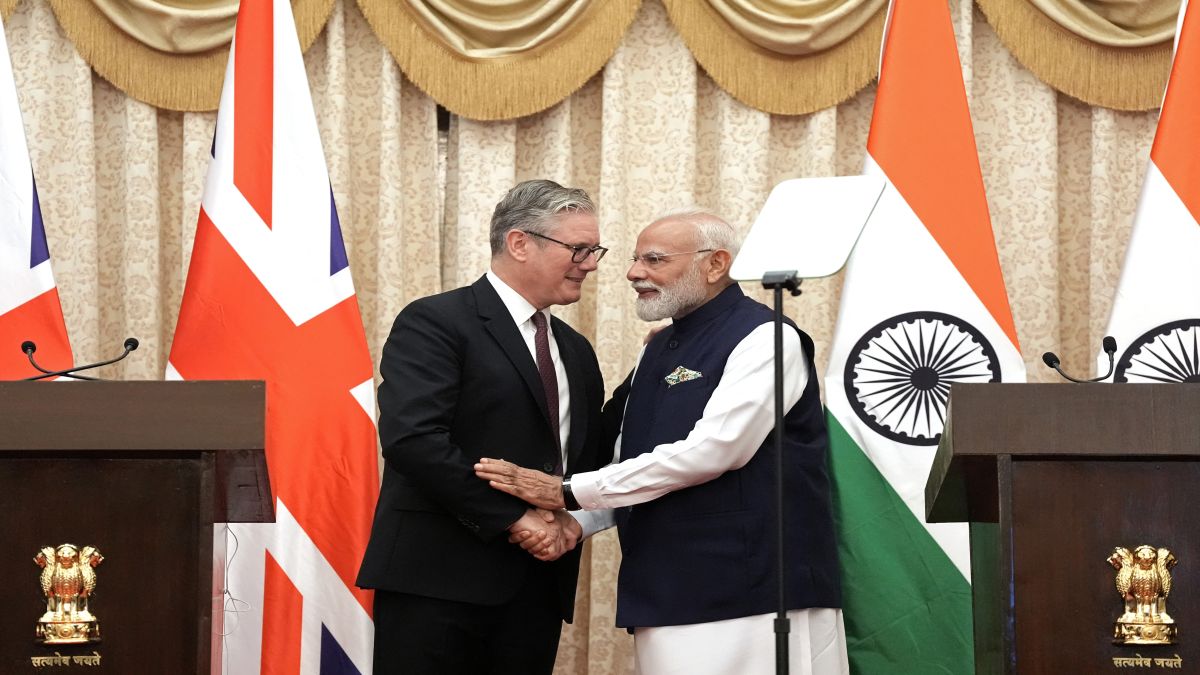)
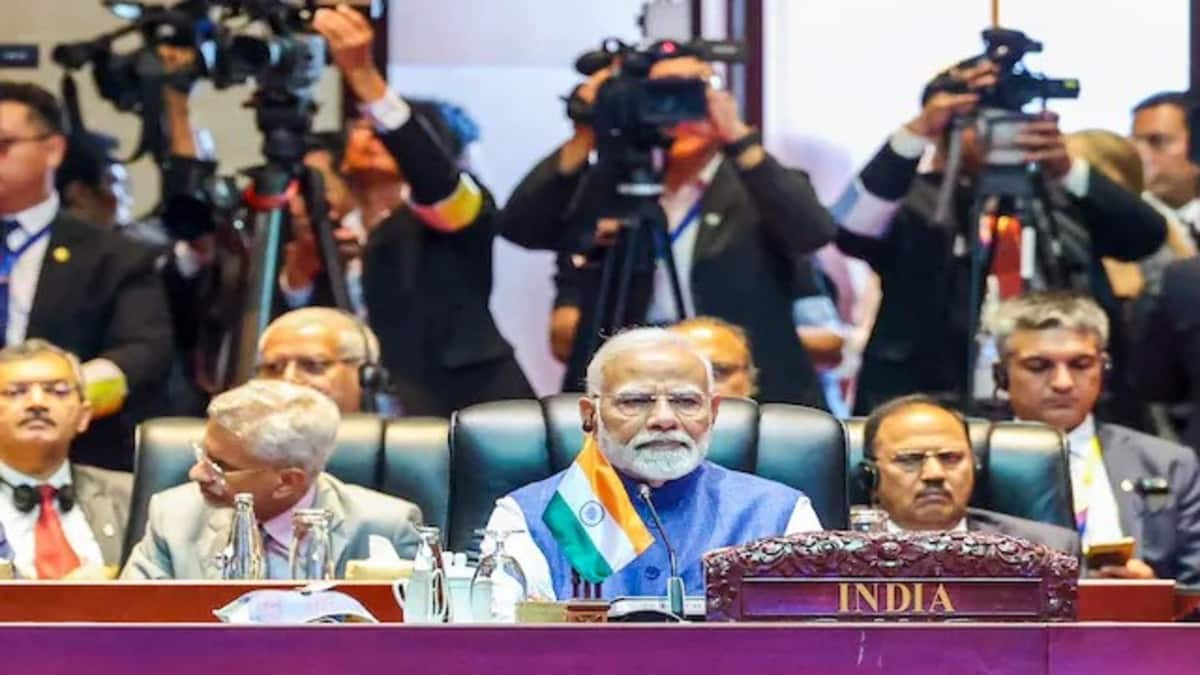
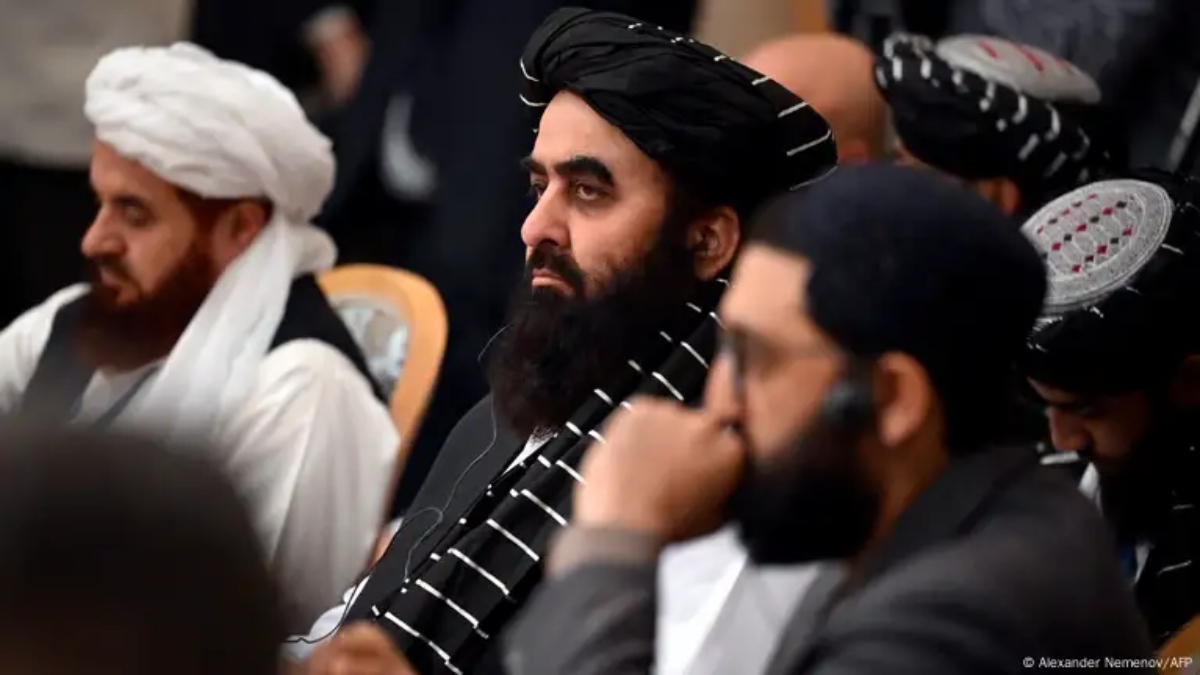)
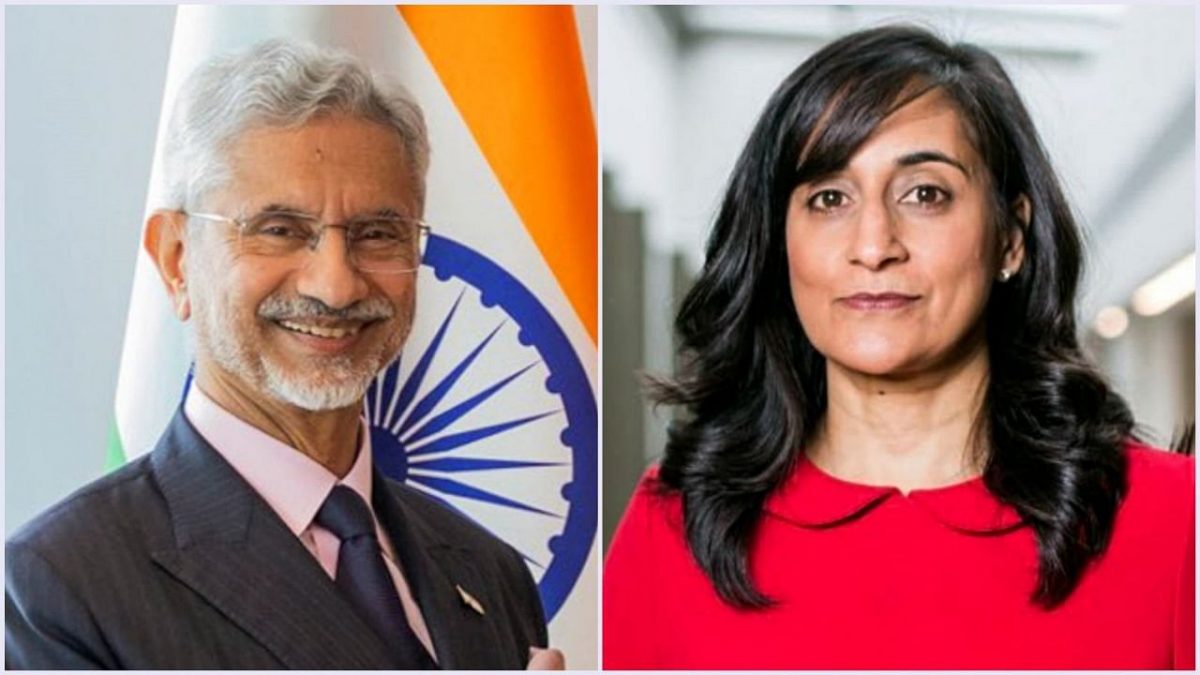)
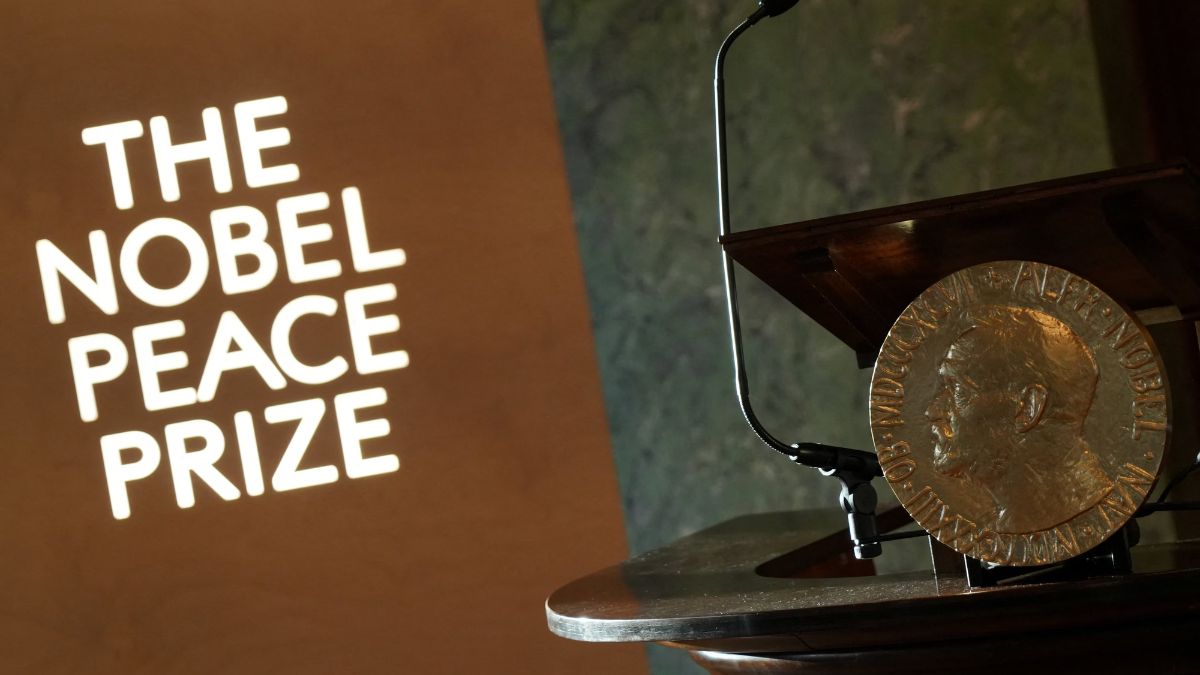)
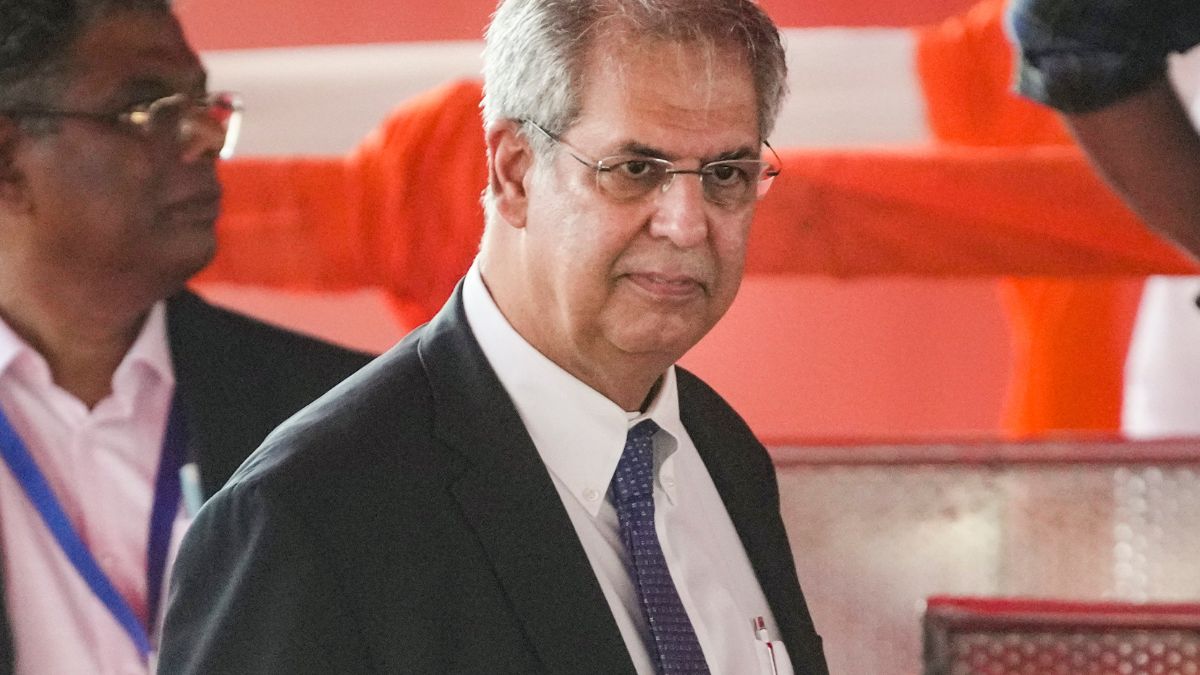)
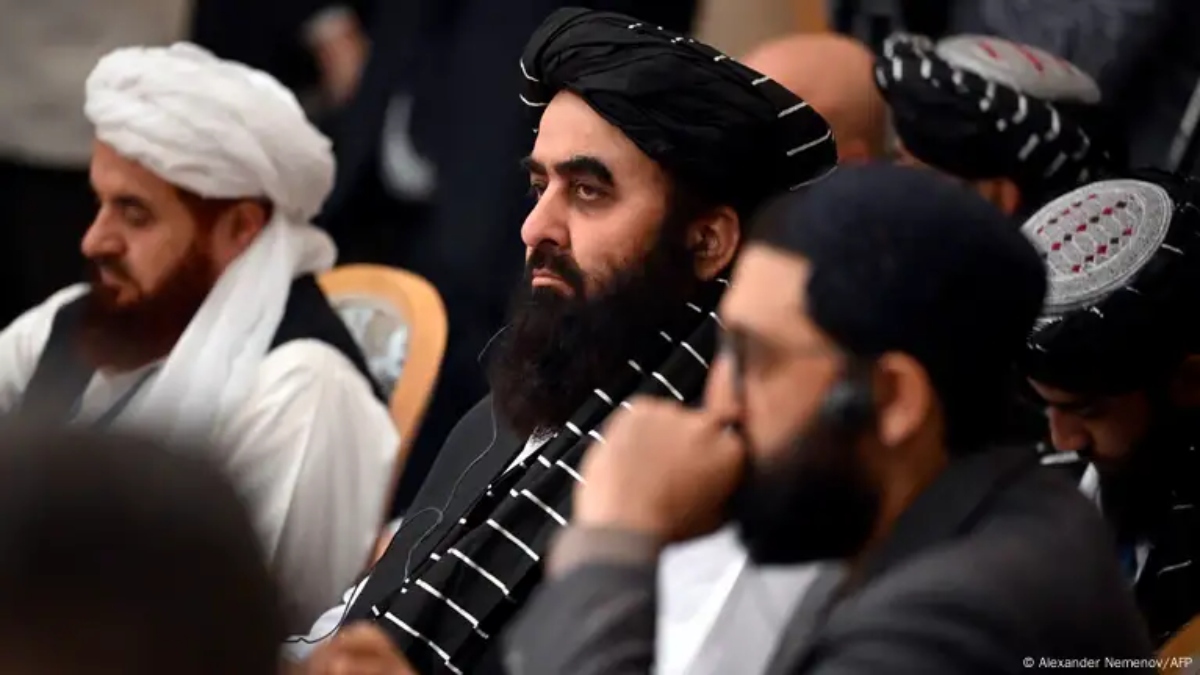)
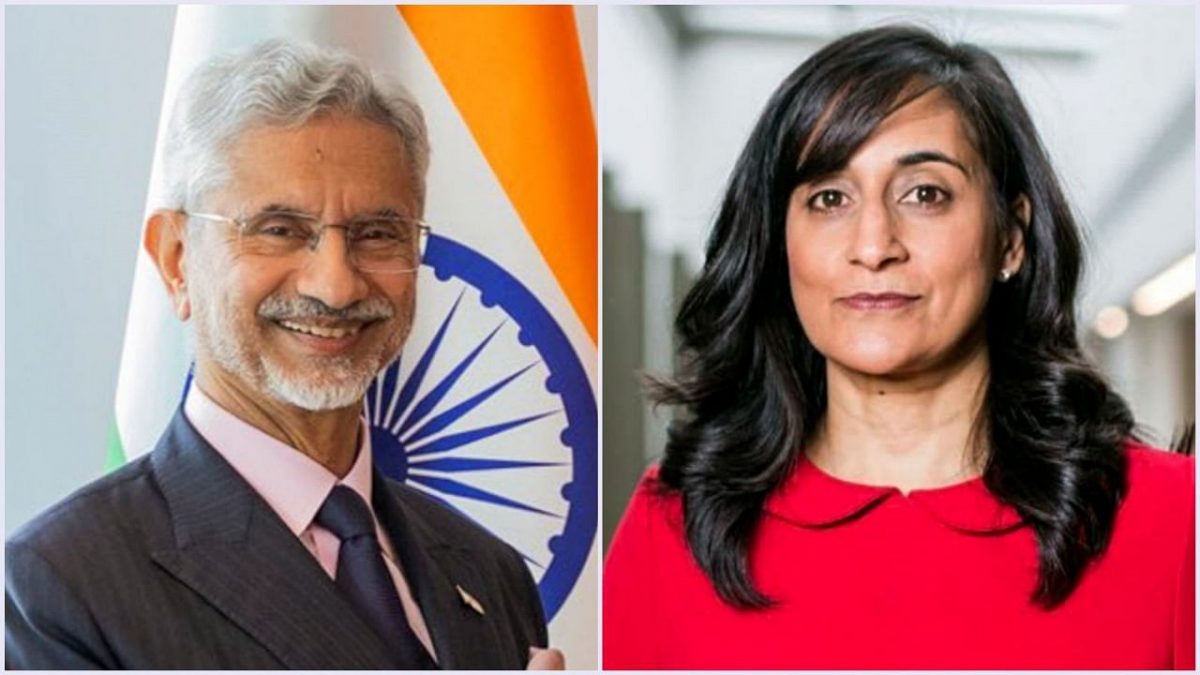)
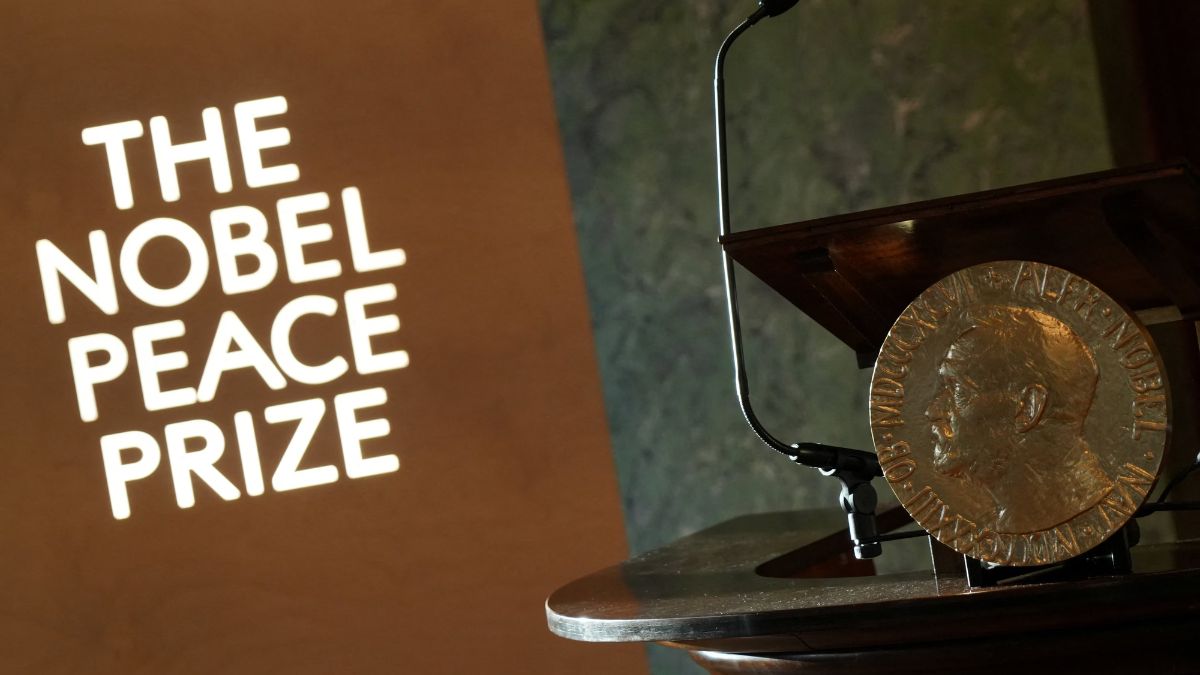)
)



